It is not exactly comforting to think about, but it’s important to know more about what food you’re purchasing at the grocery store and what, exactly, is hiding in it.
Recently, New York Times best-selling author and award-winning journalist Larry Olmsted sat down with CBS News to answer questions about his new book called Real Food/Fake Food.
In it, he details many of the common foods that we don’t think twice about eating — but may be a danger to our health.
Olmsted's research has yielded plenty of horrifying things, much of which I'll be detailing here. While this isn’t a complete list by any means, there are a few ways you can protect yourself and your family from potential harm.
And in case you need any more reason to eat your vegetables, I’d highly recommend these surprising facts about broccoli (and possibly a blender so you can mix it with something).
Maybe less suspect is the watermelon superfruit, and all the amazing benefits you get from eating those!
Whatever the case, let’s review your fridge and get down to the basics when it comes to selecting the freshest food for your loved ones.
#1. What’s Hiding In Your Cheese?
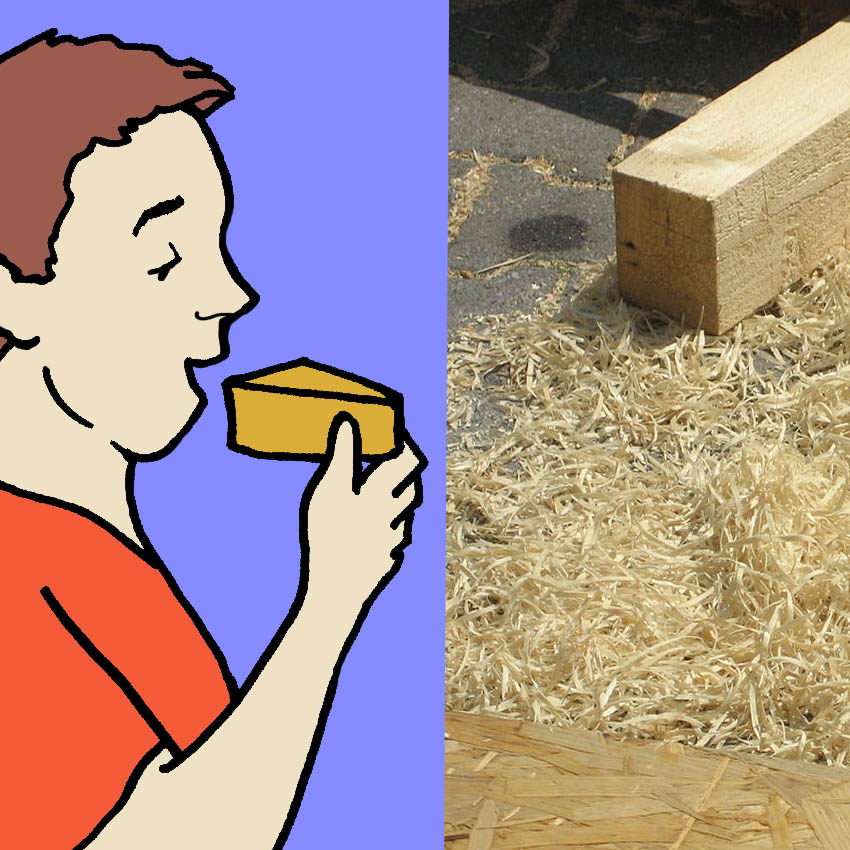
While it pains me to disparage cheese in any way (love the stuff!), you should be wary when you go to grab that hunk of milky goodness. There may actually be traces of wood inside.
"Some grated Parmesan suppliers have been mislabeling products by filling them with too much cellulose, a common anti-clumping agent made from wood pulp, or using cheaper cheddar, instead of real Romano," reports Bloomberg.
#2. What’s Hiding In Your Honey?
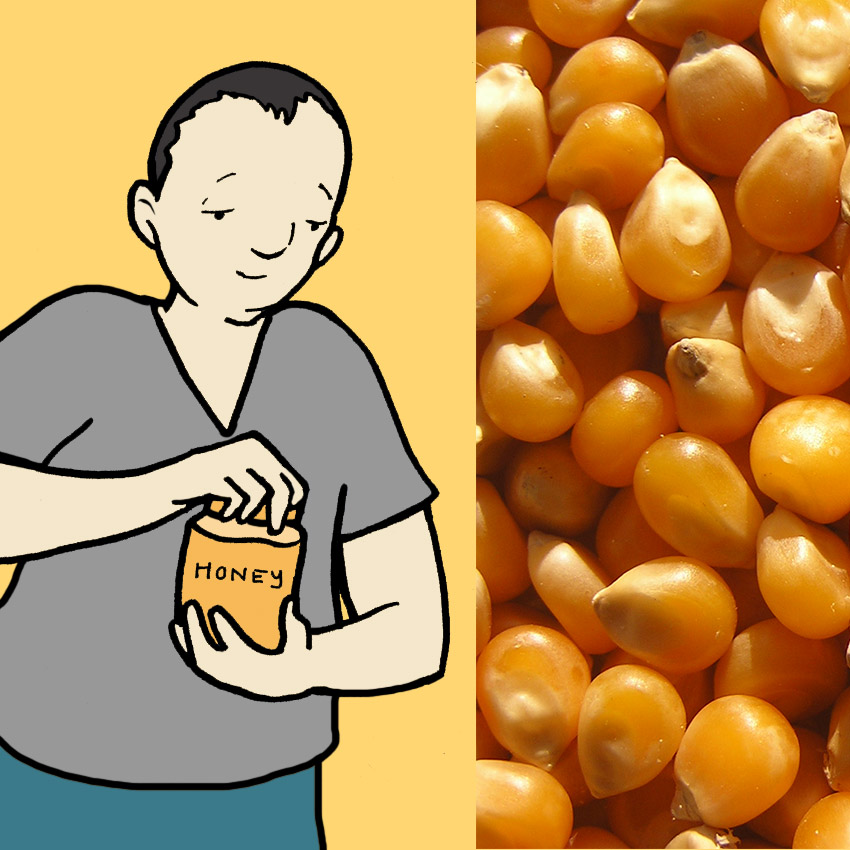
Say it ain’t so! I can’t go a day without a dab of honey in my tea, but it looks like there could be something a bit corny involved with the packaging.
According to Food Safety News, "Concocting a sweet-tasting syrup out of cane, corn or beet sugar, rice syrup or any of more than a dozen sweetening agents is a great deal easier, quicker and far less expensive than dealing with the natural brew of bees."
#3. What’s Hiding In Your Coffee?

It’s very likely that I consume more caffeine on a daily basis than anyone you know, so this one hits particularly hard.
Women’s Health Magazine reports that, "Researchers say that additives are introduced at the harvest when growers pick the beans and carelessly (or intentionally) gather twigs, sticks, whole coffee berries, and even dirt."
#4. What’s Hiding In Your Juice?
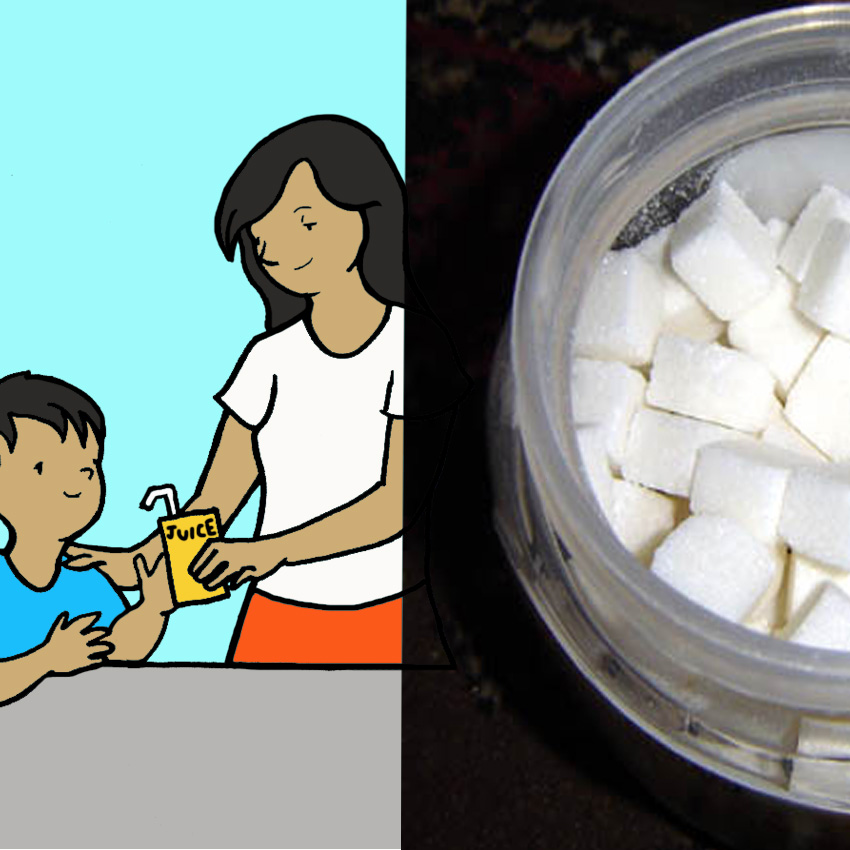
This one might be scarier for parents with young children — or anyone who enjoys grabbing a quick juice box to go on their way out the door. Either way, this is important information that you’ll want to make note of.
"Most juice that you buy in the store is loaded with sugar. But, even if you are buying the ‘no sugar added’ juice, it is still sugar," writes Hollywood Homestead.
"When you juice a fruit, all of the fiber is removed from the juice. You are left with a dosage of concentrated fructose. Just like refined sugar, fructose causes your blood sugar levels to rise."
#5. What’s Hiding In Your Rice?

It’s certainly not fatal to eat rice, but there may be traces of a very toxic ingredient, which could make you sick over time. So you might want to rethink those rice and beans for the moment.
"Eating rice once a day can increase arsenic levels in the body by up to 44 percent," warns Forbes.
"[An] organization recently tested 200 samples of different rice products — from organic rice baby cereal and brown rice to rice crispies — and found alarmingly high levels of arsenic present."
So what exactly can I do about all this?
Shopping Tip #1: Read Labels Carefully!

Now that the heavy is out of the way, we can move on to the solutions! It’s not all doom and gloom when it comes to food shopping, and soon, you’ll be well on your way to spotting the cream of the crop.
To start, "Learning how to read and understand food labels can help you make healthier choices," says the American Heart Association. They offer a ton of easy ways to spot suspicious things on labels!
Shopping Tip #2: Buy Local
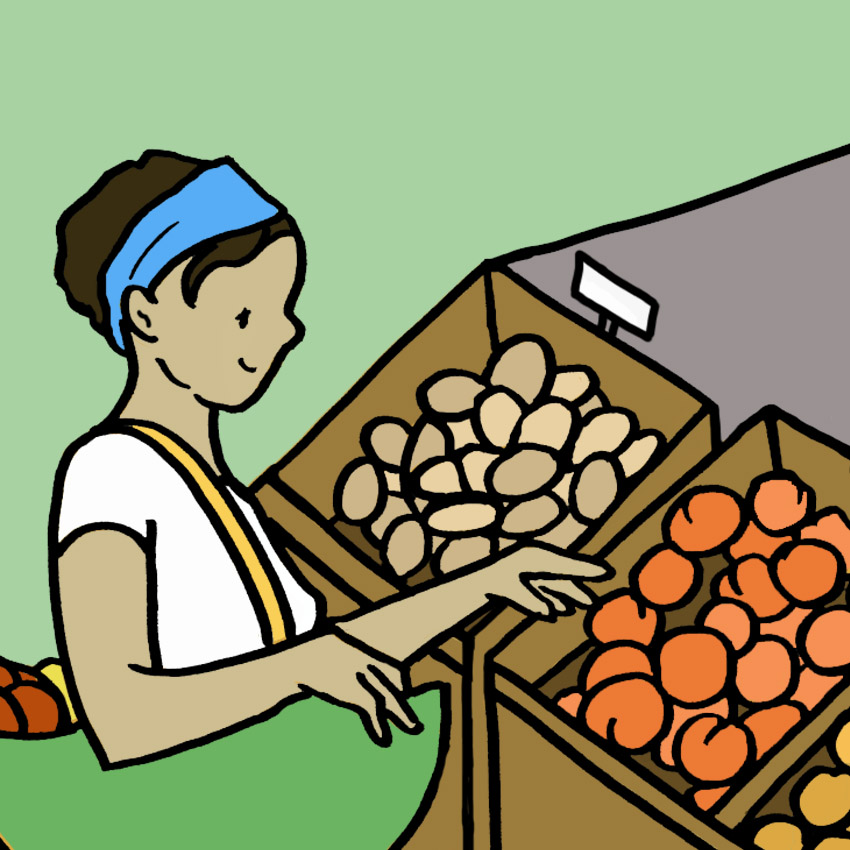
Food Renegade specifically talks about honey in this post when they suggest you "stick with buying local honey from a single farm or small co-op. This is always guaranteed to be real."
However, this advice applies to all food — if you know your provider, chances are you’re getting the real deal.
Not everyone has access to this, though, so "if you stick to organic store-bought honey, it will be real." Give those labels another glance! By familiarizing yourself with what it all means, you won’t be fooled by those fancy buzzwords.
Shopping Tip #3: Avoid Processed Ingredients
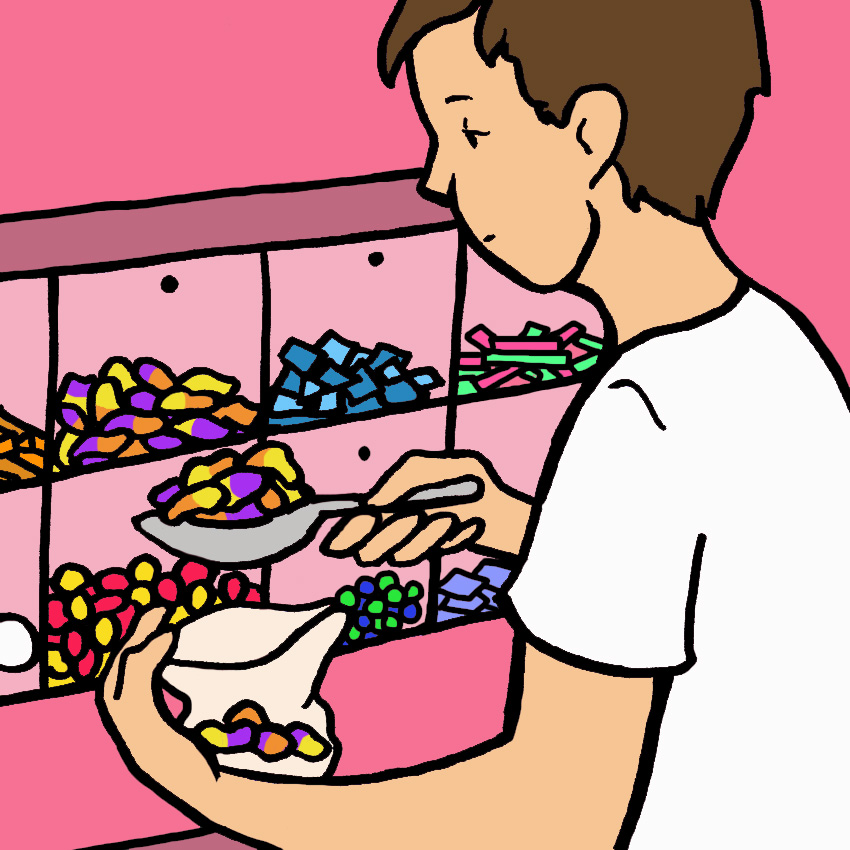
You all know this one by now! News stations and health food articles have touted this truth for a while now, but it’s still going strong.
"Any food that has been canned, dehydrated, or had chemicals added to it is a processed food, and these foods make up about 60 percent of the average U.S. diet," warns the Huffington Post.
As with all things, moderation is key, and the more you can cut out processed ingredients, the better!
Shopping Tip #4: Stick With Whole Grains
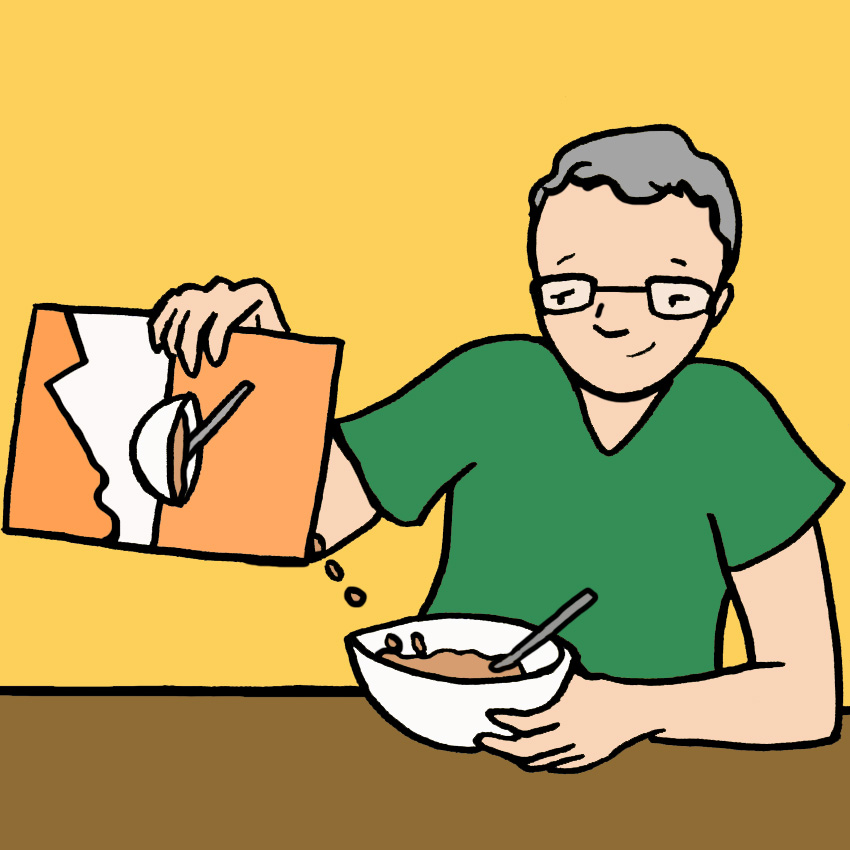
You probably already have whole grains stored in your pantry, so this one requires little to no work on your part.
"Grains, especially whole grains, are an essential part of a healthy diet. All types of grains are good sources of complex carbohydrates and some key vitamins and minerals. Grains are also naturally low in fat. All of this makes grains a healthy option," reports the Mayo Clinic.
They go on to say that whole grains "[have] been linked to a lower risk of heart disease, diabetes, certain cancers, and other health problems."
Shopping Tip #5: Cook More Often
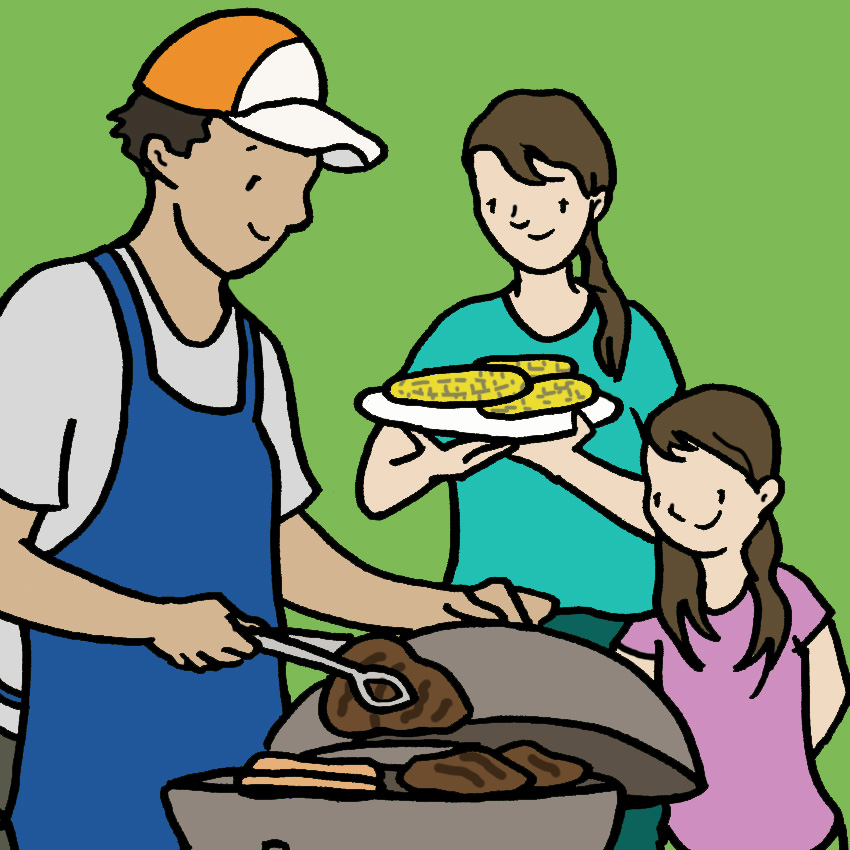
This one is my favorite! Even if you aren’t the type of family who cooks very often — or at all — together, taking time out to do it even once a week has shown many helpful benefits in teaching young people the importance of food.
"Experts agree when an entire family is involved in meal preparation they are more likely to exhibit and maintain healthier eating habits," says 360 Family.
What’s more, "Involvement in meal preparation allows individual family members to explore their creative senses and determine how foods are to be cooked."
Don’t be afraid to get messy! Your kids will thank you for it.
How do you determine what's in your food? What other surprising ingredients have you found hidden in your groceries? Let us know in the comments.
Please SHARE if you were also inspired by these tips for healthier eating!




